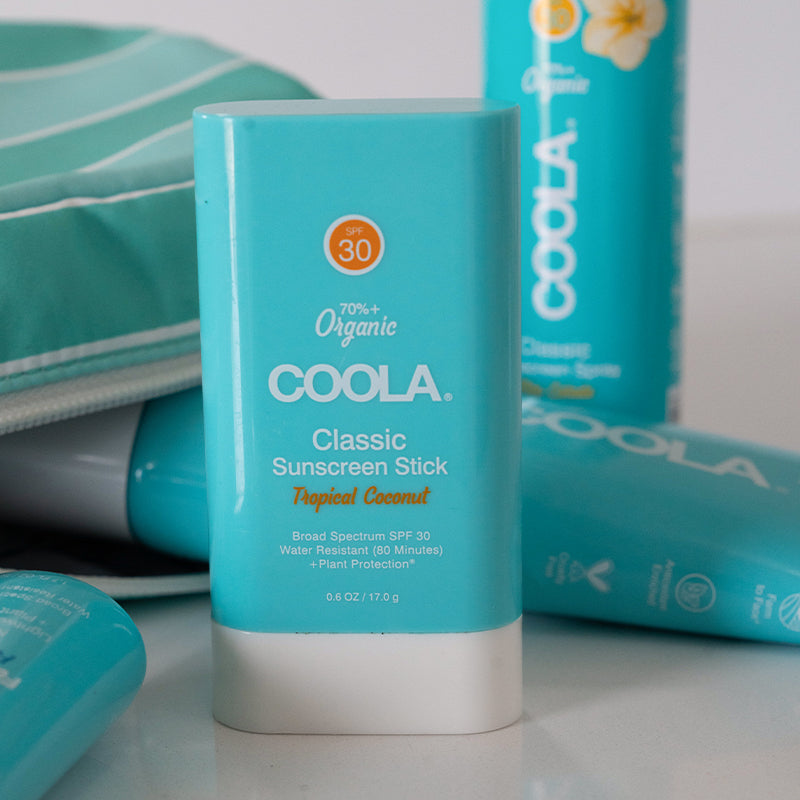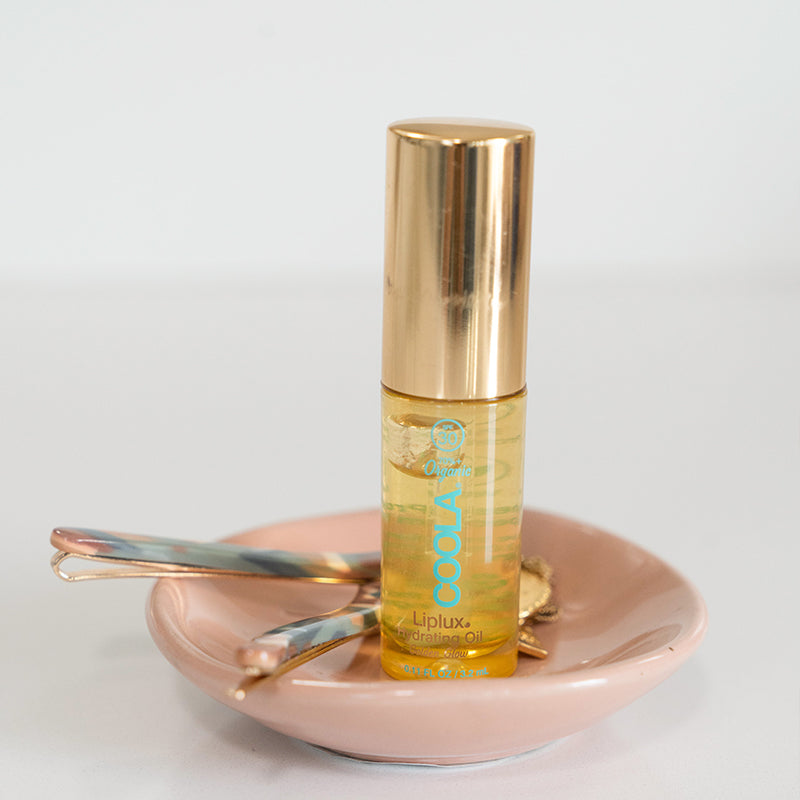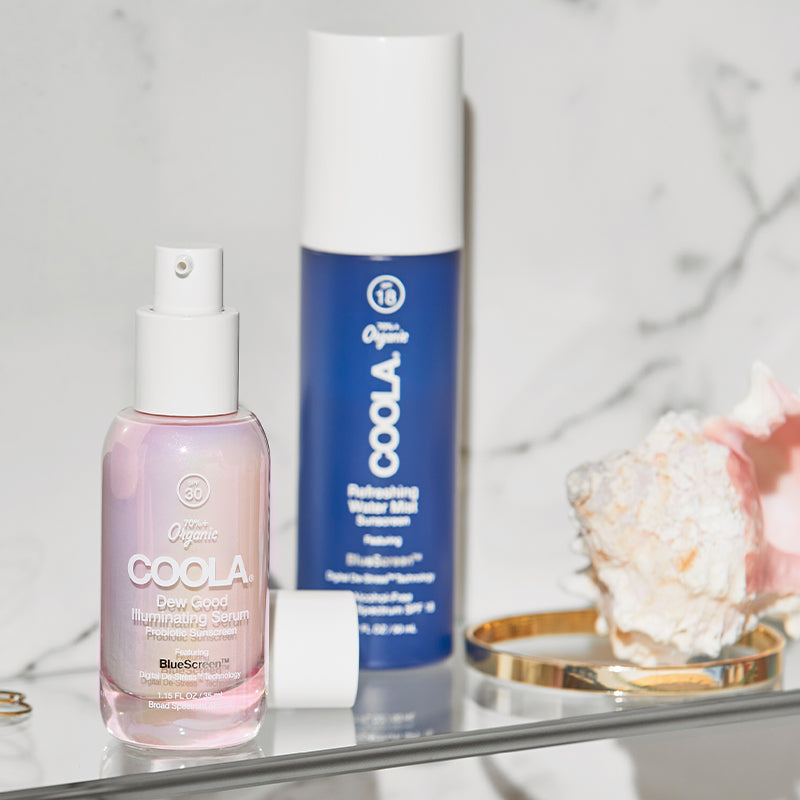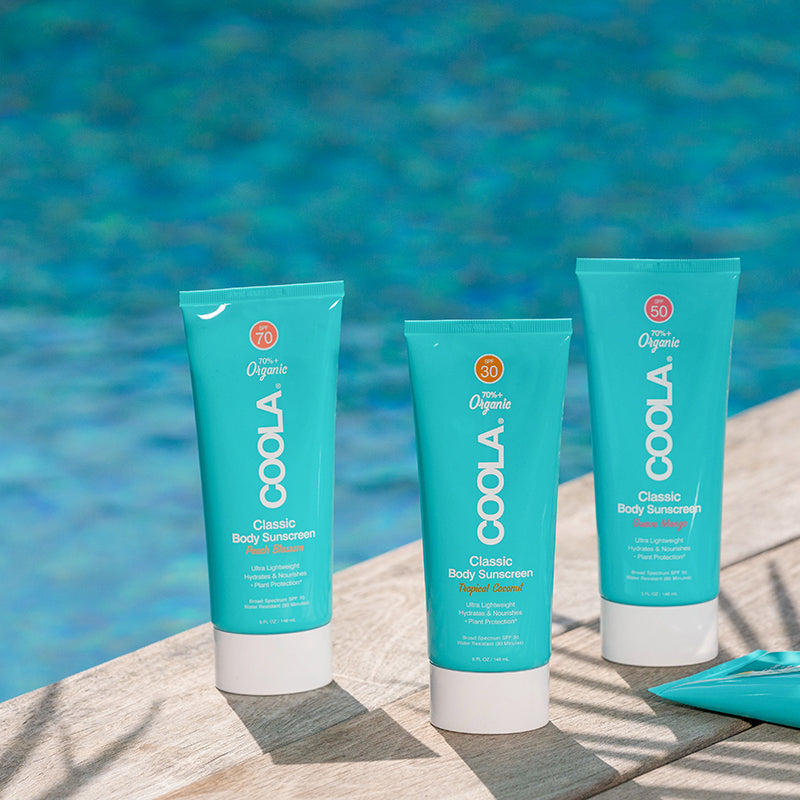Sun Science
WE'VE DONE OUR RESEARCH AND WE'D LIKE TO GIVE YOU A LITTLE SUN SCIENCE LESSON
Sunscreen Facts
WHAT YOU SHOULD KNOW
90% of visible signs of aging are due to sun damage
up to 20% of the sun's harmful rays can penetrate your skin, even on a cloudy day
apply to dry skin 15 minutes before going outdoors. use sunscreen year-round, sunny or cloudy
10AM - 2PM is when the sun's rays are the strongest
30ml of sunscreen is recommended when in a swimsuit or minimally dressed
use caution near water, snow & sand: they reflect the damaging rays of the sun which can increase your chance of sunburn
The Truth Behind The Light!
WHAT ARE UV RAYS?
The sunlight that reaches us is made up of two types of harmful rays: long wave ultraviolet A (UVA) and short wave ultraviolet B (UVB). UVA rays penetrate deep into the dermis, the skin’s thickest layer.
Unprotected exposure can lead to premature skin aging and wrinkling (photoaging), and suppression of the immune system. UVB rays will usually burn the superficial layers of your skin. It plays a key role in the development of skin cancer. The intensity of UVB rays vary by season, location and time of day, with 10AM to 2PM being the peak hours. Sunburned skin doesn’t just feel awful, it can cause permanent damage over time.

I'm Bad With Numbers!
THE SPF SCOOP
SPF stands for sun protection factor. Sunscreens are classified by an SPF number which refers to their ability to deflect UVB rays. The SPF rating is calculated by comparing the amount of time needed to burn sunscreen-protected skin vs. unprotected skin.
Use a broad spectrum SPF 30 or higher to protect not only against sunburn, but reduce the risk of skin cancer and premature skin aging caused by the sun.
To ensure maximum SPF coverage, apply generously over exposed skin, usually about 1 oz for the full body, or at least a quarter teaspoon for the full face.
The Hard Truth
DIGITAL OVERLOAD?
Considering we spend up to 12 hours a day in front of digital screens, we’re often getting a lot more exposure to blue light than we are to UV. Blue light is part of what’s referred to as digital pollution—and just like environmental pollution, it’s taking a toll on the health of our skin.


Mitigate Skin Damage
WHAT IS BLUE LIGHT?
Blue light (also known as high energy visible light, or HEV) is the strong light that emits from the screens on cell phones, computers, tablets, and TVs, as well as from fluorescent and LED lighting. The sun also emits blue light, so you’re exposed to it when you’re outside, too. Yep, it’s everywhere.
Research indicates that blue light can reach deeper into our skin than UVA and UVB rays, passing through both the epidermal and dermal layers to reach the subcutaneous tissues—and perhaps even deeper. And it’s causing trouble all along the way. One study suggests that blue light may be as harmful to skin as UVA and UVB light combined.






